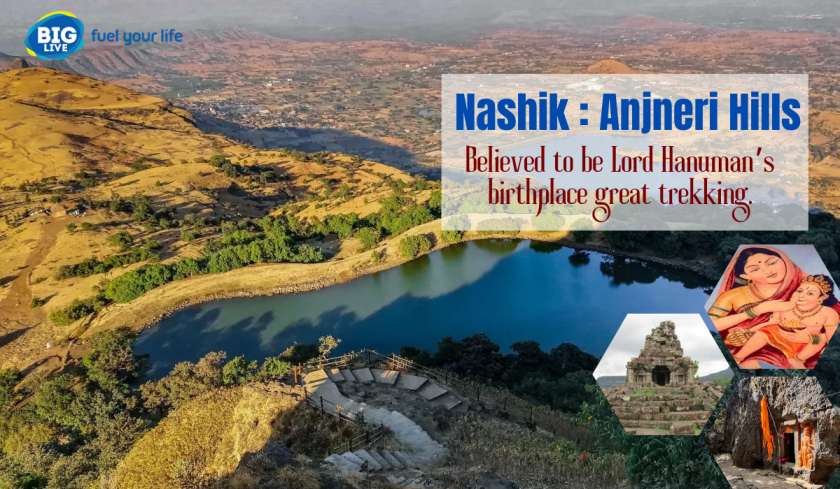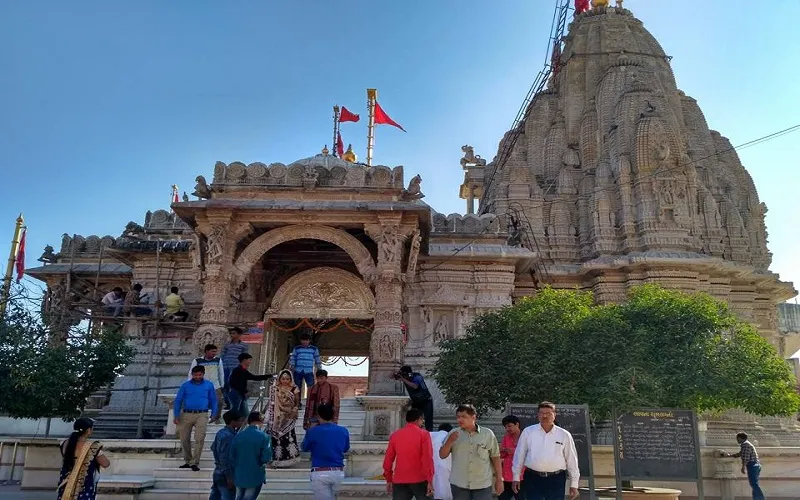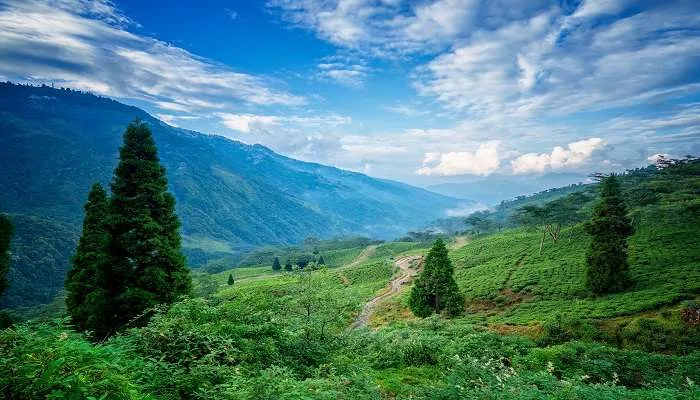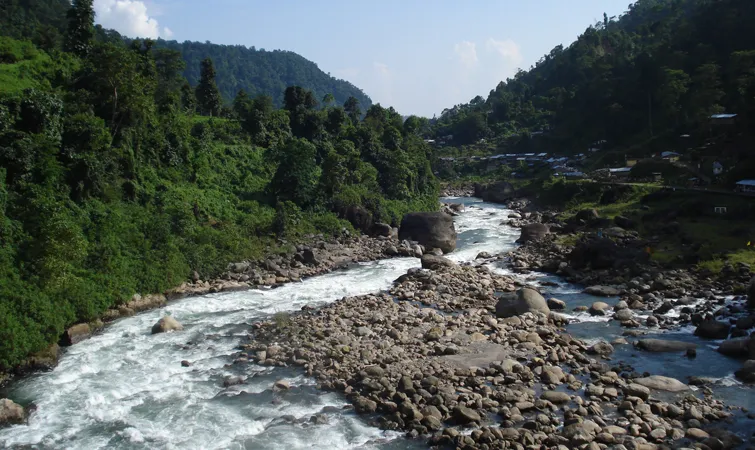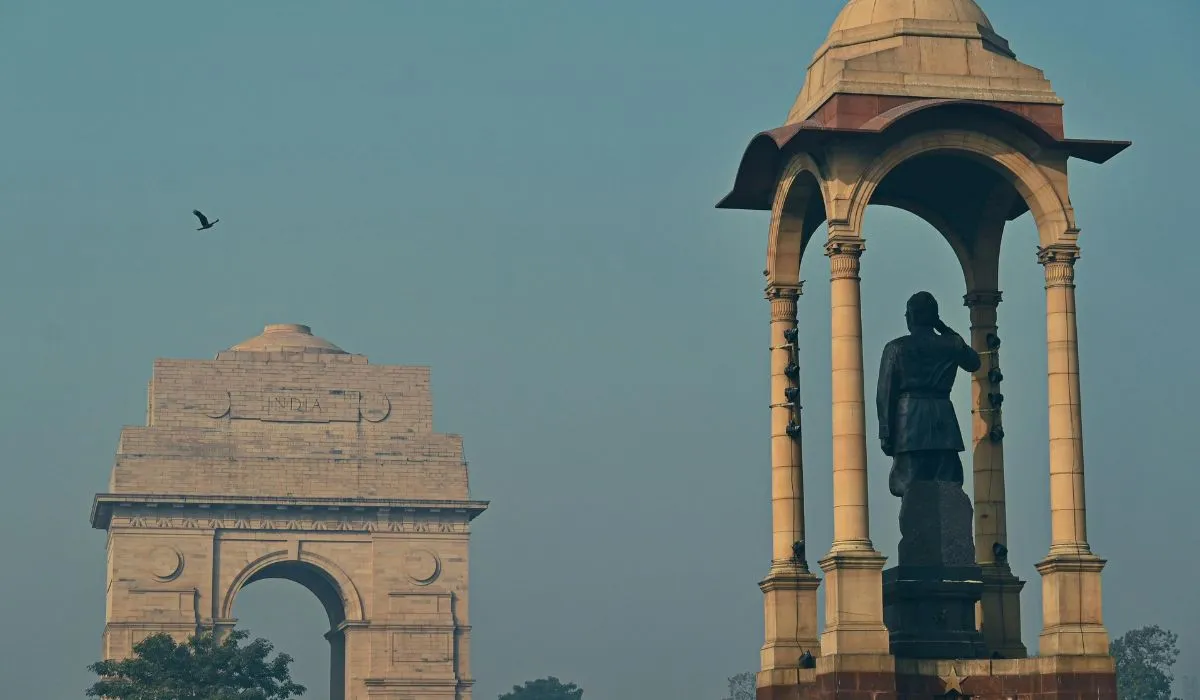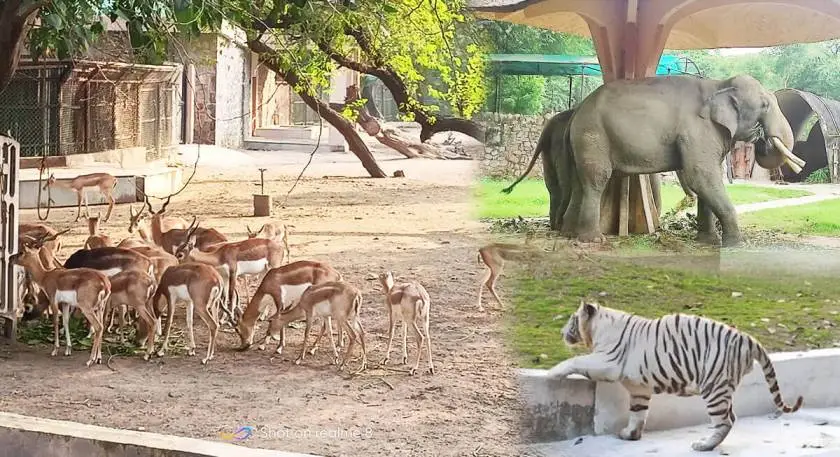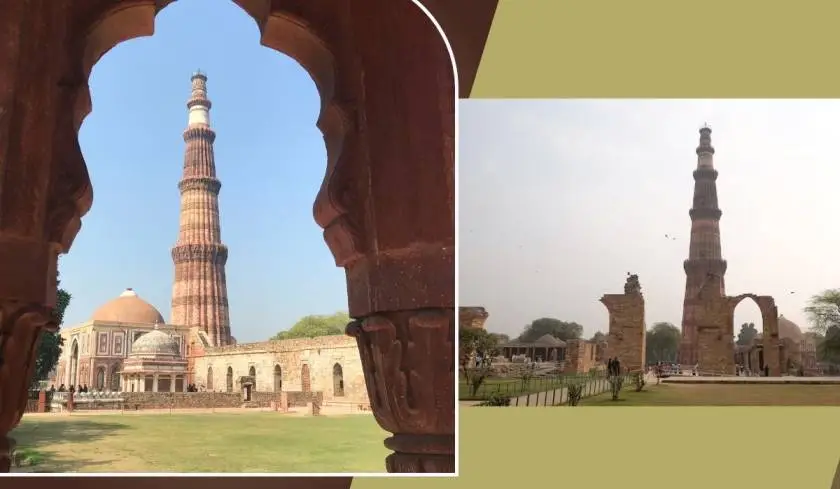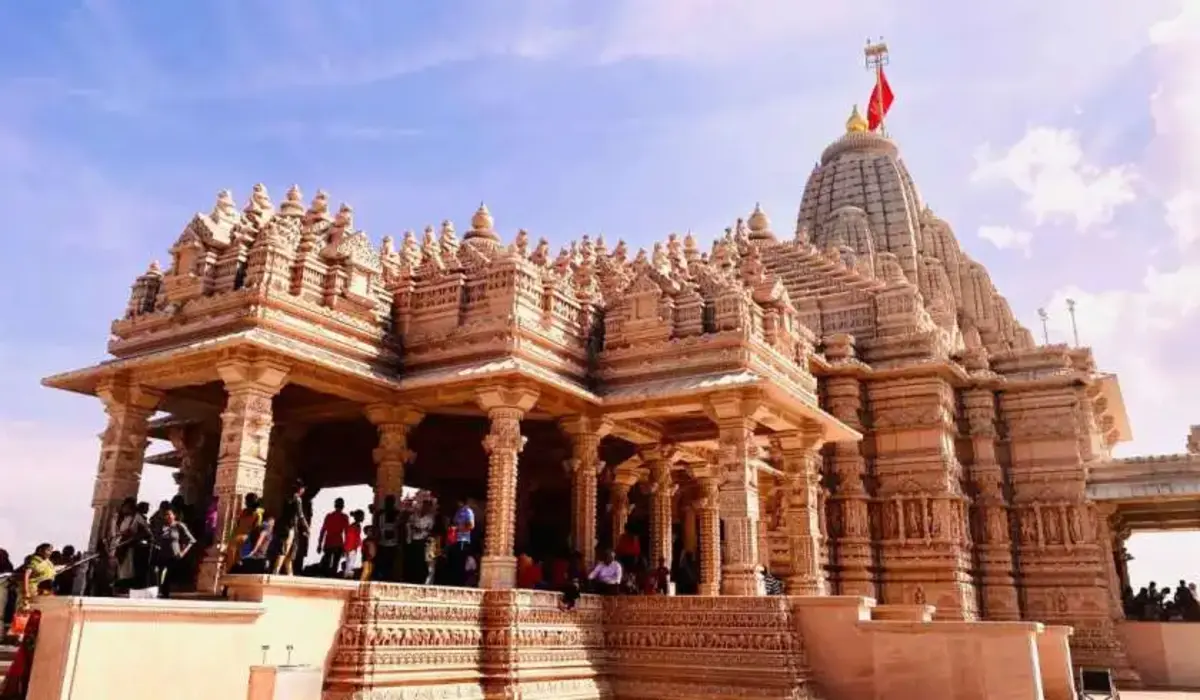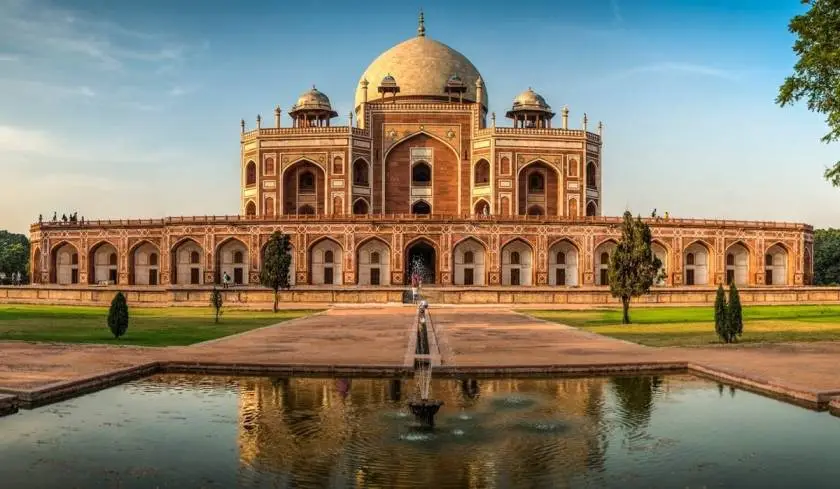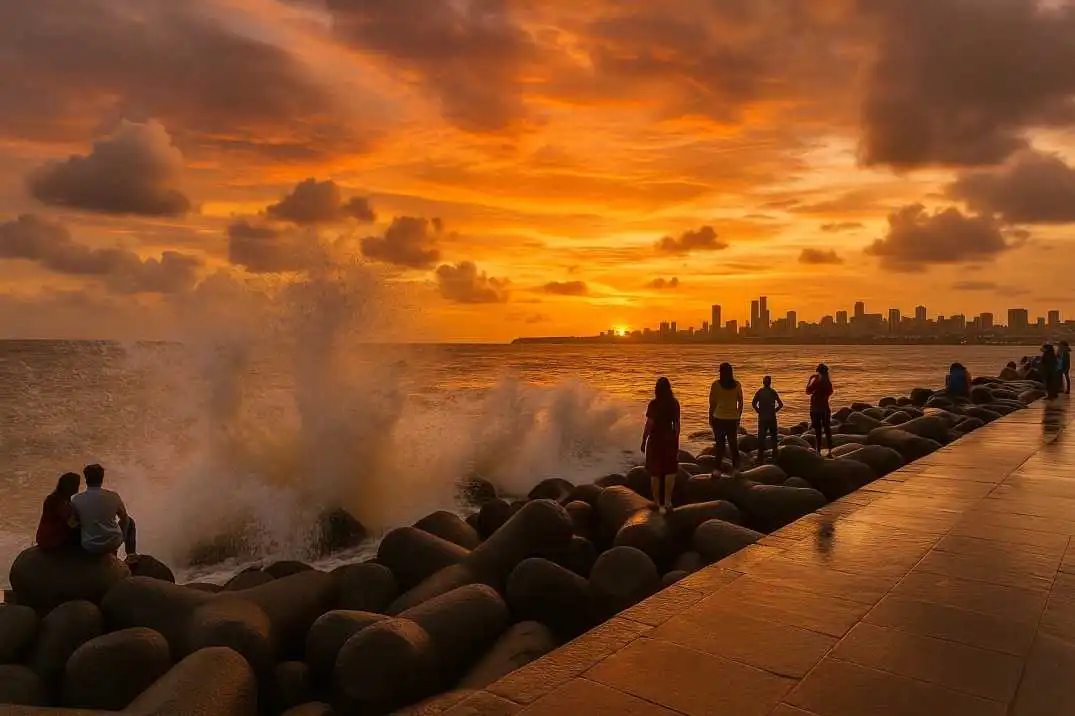Anjaneri Hills, Nashik. Ever hear that name? This place is an invitation. It is like an invitation to history and myth. It is pure adventure. It is located in Maharashtra's incredible Sahyadri range. Anjaneri isn’t just another mountain. No.
It’s a sacred place. For so many people, it's the absolute birthplace of Lord Hanuman, that powerful monkey god. For others, it offers a real challenge, a climb, and views that will just leave you speechless. This rare blend of deep spiritual meaning and raw, untamed beauty? It makes Anjaneri unique. Every single step here? It tells a story.
A Divine Cradle: The Story of Anjana. It's an Old One

The name "Anjaneri" (or Anjneri) itself? It comes straight from ancient Hindu myths. People believe it’s named Lord Hanuman's mother, Anjana Devi.
The old stories say she gave birth to her divine son, Vayu Putra – that’s the son of the Wind God – right here, on this very hill. This deeply held belief changes Anjaneri. It’s not just a hill. It’s a pilgrimage site. Every rock, every single cave, it all seems to hum with the energy of this incredibly old tale.
Anjana Mata temple is the center for pilgrims. It’s a humble shrine up top, dedicated to Hanuman’s mother. That journey up? It feels like an act of pure, heartfelt devotion. Faith made real, you know? You can feel the weight of centuries of belief. A real connection to a time when gods supposedly walked among people. This spiritual pull? It draws all sorts of folks here. They’re looking for blessings, for peace.
The Call of the Wild: It's a Trekkers' Dream, Honestly
Forget the spiritual side for a minute. Anjaneri is a tough challenge. A truly rewarding trek. The climb itself? It’s moderate to difficult. So, it works for seasoned climbers. But also for keen beginners, as long as they’re reasonably fit. Anjaneri Village marks the beginning of the trek. From there, clear paths lead you up.
They twist through thick trees and over rocky ground. This trek just refreshes you. As you climb, the views really start to unfold. First, you get glimpses of faraway farms and villages. Then, the landscape just opens up.
You see rolling hills. Lush valleys. During monsoon? Anjaneri turns into this incredibly vibrant green wonderland. Clouds often swirl around the peaks. It feels mystical, truly. Seriously, it's perfect for stunning photos.
The Climb: What You'll See on the Way Up
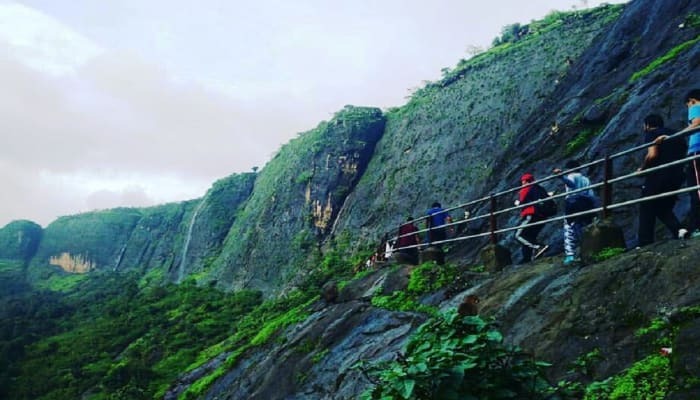
It takes 3-4 hours(one-way) to cover Anjaneri trek. That depends on your pace, of course, and how fit you are. The path is mostly easy to follow. But a few spots need careful footwork. Especially when it’s wet.
- The Steps: You start on old, rock-cut steps. They help you climb, sure. But they also hint at the fort that once stood right here.
- Caves and Water Cisterns: As you go, you’ll find several caves. Some are natural. Others were probably carved out. They’re interesting to explore. They give you a little peek into the hill's past. Old water tanks, often full of cool, clear water, are a welcome sight on a warm day.
- The Plateau: When the path starts to flatten out, just understand that this is where the Anjana Mata temple is. There’s lots of space to rest, look around, and just soak in those views.
- Anjaneri Fort Remains: Don't expect a perfectly preserved fort. But you'll find scattered ruins. Old foundations. Bits of walls at the top. They show that this hill was once strategically important. That adds a historical layer to all its natural and spiritual meaning.
Beyond the Summit: More to See Nearby
Anjaneri is the main attraction, absolutely. But the Nashik area? It has so much more to offer. You can easily combine your Anjaneri trip with other local sights. It'll just make your whole experience better:
- Trimbakeshwar Temple: This one is super close to Anjaneri. It is one of the famous twelve Jyotirlingas. Its ancient architecture and spiritual vibe? You really should see it.
- Nashik City: This is India's "Wine Capital." You can tour vineyards, do some wine tasting. It is a busy and historical city. It’s a comfortable place to stay while you explore the hills.
- Dugarwadi Waterfall: This waterfall comes alive only during monsoon. It's a beautiful spot for anyone who loves nature.
- Brahmagiri Hill: Another prominent peak nearby. People believe the Godavari River starts here. If you’re more adventurous, it offers even more trekking opportunities.
Arranging Your Anjaneri Trip: What You Require to Know.
- Best Time to Visit: The months right after rain (October to February) have the best trekking climate. Monsoon (June to September) makes the zone staggering, but trails can get dangerous. Summers (Walk to May)? Hot. Not perfect for a difficult climb.
- Getting There: Reaching Anjaneri from Nashik is easy. Nashik itself is well-connected by street. You can get neighborhood buses or private taxis to the village.
- What to Carry: Comfortable trekking shoes with great grasp are Basic. Bring a bounty of water. Snacks. A fundamental first-aid unit. And a cap. Sunscreen and creepy crawly repellent are required as well. If it's raining, certainly pack rain gear.
- Safety: The journey is for the most part secure. But it’s to tell somebody where you’re going. Observe your step, particularly on rough or elusive parts. And continuously regard the nearby traditions and the environment.
Anjaneri: A Journey for Your Body. And Your Soul.
Anjaneri Hills? It’s something you experience. It’s a journey that pushes you physically. But it also feeds your spirit. It’s a place where old myths truly breathe life into that rugged landscape.
And every single view offers a moment of incredible beauty. This is where legends truly come alive. This is a must visit place at least once in your lifetime. Whenever you get a break, just pack your bags and discover the pure magic of Anjaneri.
FAQ's- Anjaneri Hills
Is it ideal for a solo trek?
Yes, you may trek solo. But it is ideal to do this in daylight.
Are food outlets available?
Yes, there are a few near the base. Nothing on the trail itself.
Do I need permission or tickets?
No official permit required. Entry is free.
Q. What’s the phone network like?
The signal can drop mid-trail, but it returns near the top or base.



